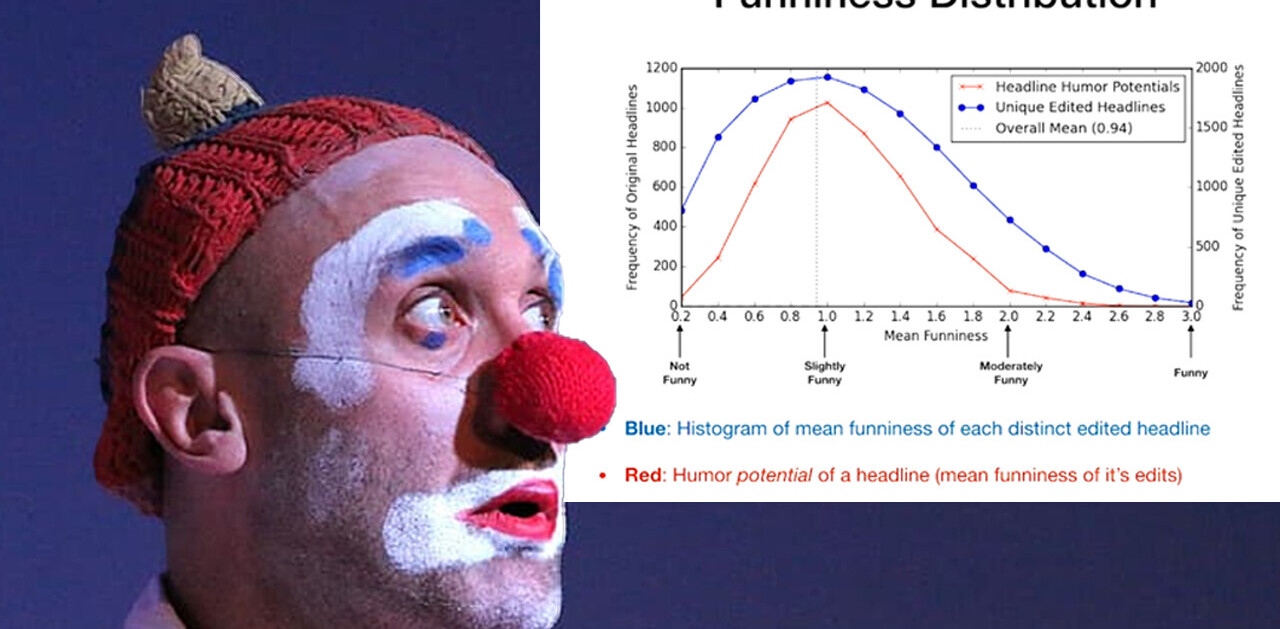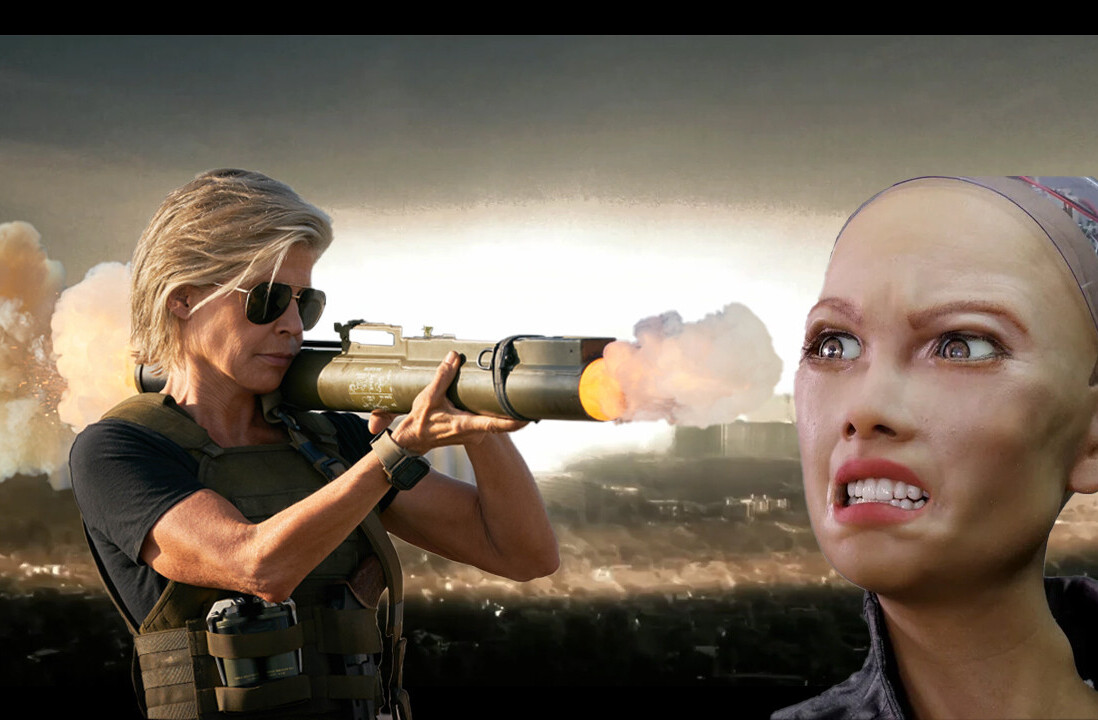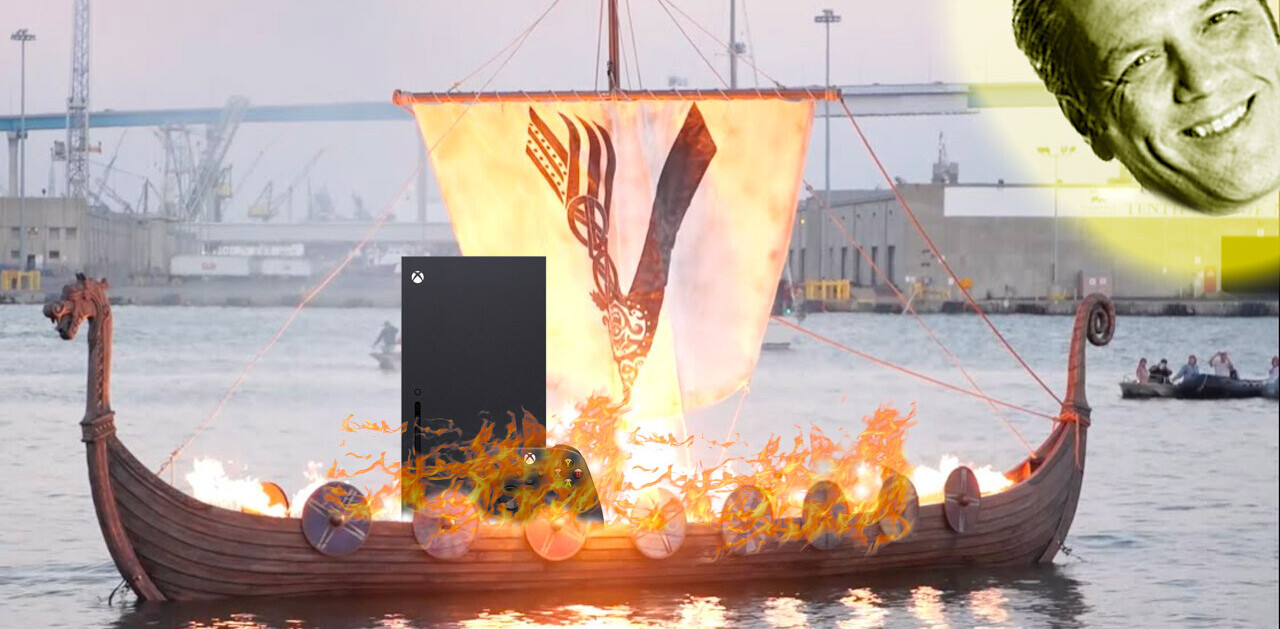
The emoticon (a portmanteau of emotion and icon) is a pictorial representation of one’s apparent current facial expression by using punctuation marks and letters. It was first typed in a message on September 19, 1982. As a result, the emoticon turns 30 years old today. Happy Birthday!
The emoticon was born on the World Wide Web but is now used on devices that aren’t even connected to the Internet. As many things in our society today, it was invented by nerds, and more specifically, as a geeky joke.
Are you ready for a history lesson? Too bad, you’re getting one anyway. Emoticons were actually used as far back as the 19th century as part of casual and humorous writing. The digital form, however, was first included in a proposal by Scott Fahlman of Carnegie Mellon University (CMU) in Pittsburgh, Pennsylvania, 30 years ago today.
As a result, CMU is celebrating the milestone over at cs.cmu.edu/smiley. The celebration page leads to the full conversation in which the smiley emoticon was first used.
As I already noted, it all started with a joke, or at least trying to figure out how label a humor online, where text-based communication doesn’t have the body language or tone-of-voice cues we are used to in face-to-face and telephone conversations.
Check out this brainstorming session:
17-Sep-82 14:59 Joseph Ginder at CMU-10A (*%)
I believe that the joke character should be % rather than *.17-Sep-82 15:15 Anthony Stentz at CMU-780G (*%)
How about using * for good jokes and % for bad jokes? We could even use *% for jokes that are so bad, they’re funny.17-Sep-82 17:40 Keith Wright at CMU-10A *%&#$ Jokes!
No, no, no! Surely everyone will agree that “&” is the funniest character on the keyboard. It looks funny (like a jolly fat man in convulsions of laughter). It sounds funny (say it loud and fast three times). I just know if I could get my nose into the vacuum of the CRT it would even smell funny!17-Sep-82 17:42 Leonard Hamey at CMU-10A {#} (previously *)
A detailed (i.e. > 1 minute) study of the aesthetic and pictographic effects of the characters available in the ASCII set has led to the following suggestion:
I think that the joke character should be the sequence {#} because it looks like two lips with teeth showing between them. This is the expected result if someone actually laughs their head off. An obvious abbreviation of this sequence would be the hash character itself (which can also be read as the sharp character and suggests a quality which may be lacking in those too obtuse to appreciate the joke.)17-Sep-82 18:52 Jim Crowley at CMU-10A BB Jokes
BB jokes are fine and should not require a marker. But jokes should not be malicious, obscene, or such that they appear to resemble real warnings to all but a few. Last nights elevator hoax was a borderline case of this last type.18-Sep-82 20:40 Guy Steele at CMU-10A ! Joke markers again
I hope everyone realized that my previous remark about non-use of joke markers was a joke, and was flagged as such by the absence of a marker. This message is not a joke, as indicated by the exclamation point.
The next day, here’s what happened:
19-Sep-82 11:44 Scott E Fahlman :-)
From: Scott E Fahlman
I propose that the following character sequence for joke markers:
:-)
Read it sideways. Actually, it is probably more economical to mark things that are NOT jokes, given current trends. For this, use
:-(
The proposal quickly caught on with board users at CMU and soon spread to other universities and research labs that were using the earliest of computer networks. Fahlman of course had no idea his marker would become so frequently used as it is today. In fact, he didn’t even keep a copy of the original thread. Thankfully, Microsoft saved the day:
Unfortunately, I didn’t keep a copy of my original post. It didn’t seem like a big deal at the time. By the time I realized that this smiley-face phenomenon was going to be long-lasting and that it would spread around the world as the Internet grew, it was too late to easily retrieve the post, and the original message was lost for many years.
Several attempts to find the post on old backup tapes were unsuccessful. But recently Mike Jones of Microsoft sponsored a more serious “archeological dig” through our ancient backup tapes. Jeff Baird and the CMU CS facilities staff put in a heroic effort with the support and encouragement of Howard Wactlar, Bob Cosgrove, and David Livingston. They found the proper tapes, located a working tape drive that could read the ancient media, decoded the old formats, and did a lot of searching to find the actual posts. I am most grateful to all who participated in this successful quest, which I call the “Digital Coelacanth Project.”
As a result, you can read the whole discussion here: Original Bboard Thread in which :-) was proposed.
Now that deserves a :-)
Image credit: stock.xchng
Get the TNW newsletter
Get the most important tech news in your inbox each week.




